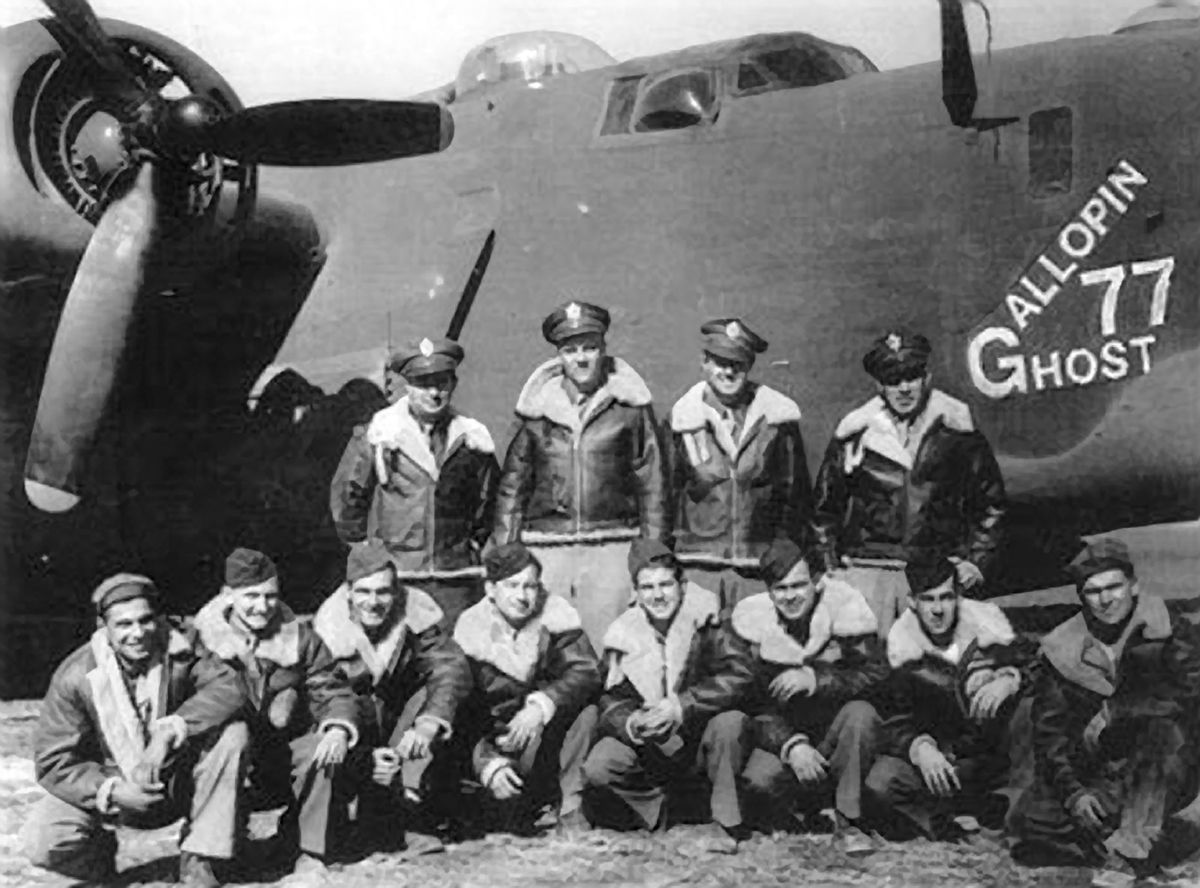The San Carlos Planning Commission recently approved plans for the construction of two aircraft hangars, applauding the project’s proposal to honor Amelia Earhart and other pioneering female pilots. I am not sure what Earhart’s connection to San Carlos is, but I do know about Walter van der Kamp’s. Walter van der Kamp? Perhaps it is time to also honor him and others who trained at San Carlos and went on to fight and die in World War II.
The cadre of hopefuls included a group from China who wanted to return to their homeland and defeat Japanese invaders. Even earlier, it was not unusual for Chinese cadets, including women, to train at American airfields. Their government planned to build an air service that would link the cities of the vast nation.
Van der Kamp, who graduated from Sequoia High School in 1930, was killed on Feb. 22, 1944, when his B24 Liberator bomber was shot down during an attack on a German aircraft factory. His Sequoia yearbook photo shows a handsome, tousle-haired young man looking directly into the camera. His campus activities included theater and the hospitality committee.
An Early Interest
According to the yearbook, van der Kamp, who planned to attend Stanford University, had a keen interest in flying, which was then in its early years.
“Walter was one of the young men who hung out at the San Carlos Airport, in love with flying,” recalled Corrine Cooley Derringer, Sequoia class of 1951, whose father’s family owned the airport.
“He was an opera fan, and an Anglophile – probably fueled by Britain’s endangered role against Hitler,” Derringer wrote in a letter to the San Carlos Airport Association, adding that her father, Charles, taught van der Kamp to fly. She added that another student, William Nichols, was shot down and spent most of the war in a German prison camp. The fate of the Chinese pilots is unknown, but Derringer said her father did not have much hope for the young men who would be “going against the Japanese military with only civilian flying training.”
Van der Kamp also might have been looking west and seeing the blood red rising sun flag of the Japanese Empire. Derringer has a photo showing van der Kamp standing in the back row, towering over Chinese pilots being trained at the San Carlos Airport. The photo was taken in 1937 when the Japanese were ravishing China, which didn’t have much of an air force.
Flyers for the China Front
Even before Pearl Harbor, Americans volunteered to fight for China. The American Volunteer Group, called the Flying Tigers, was the most famous example. The war in Europe also saw Americans fighting before their country officially went to war. Van der Kamp was one of them. He joined the Canadian Air Force which was helping Britain battle the Nazis. After Pearl Harbor, he transferred to the American air force.
Derringer said that the last time she saw van der Kamp was when he came home on leave and visited her family in Long Beach where her father was serving with the Navy.
“After the war, back in San Carlos, we were visited by his widow and his little boy, about two years old,” she recalled. Van der Kamp’s widow moved to the Napa Valley area with the couple’s son, Martin, who went on to a successful career in the wine industry.
“My mother, a native of Ireland, met my father in Canada where he was training Canadian pilots,” Martin told the Journal of Local History in a 2014 interview. She remarried around 1960 and died in 1995.
Martin kept in touch with members of his father’s old outfit. One told him the men had “one hell of a party on the day I was born.”






